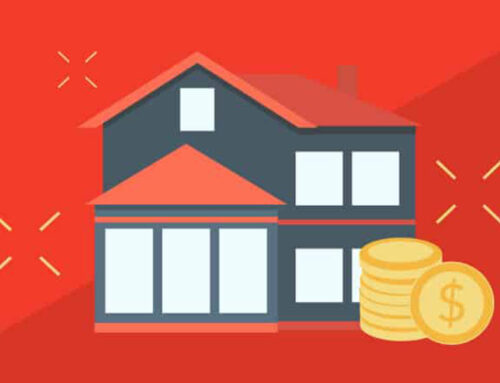When I ran into my old friend Charles the other day, he mentioned he was thinking about adding a multi-family property to his real estate investment portfolio. His in-laws, he said, were retired and on a fixed income, so continuing to absorb the costs associated with homeownership no longer seemed prudent. They decided they wanted to rent. While Charles knew of some suitable multi-family properties, he thought it might be a better idea to buy one himself and let them live in one of the units.
Wondering if there was a growing population of would-be renters like his in-laws out there, Charles asked me if I thought a rental investment in Chicago’s current market might produce a reasonable cap rate. As a long-time investor in Chicago real estate, I had a lot to say. So I suggested we go grab a drink and talk a little shop about buy-and-holds.
Chicago Rental Investment Opportunities
Though real estate investors often make an effort to diversify their portfolios, most of us have a niche. Charles, however, had only bought and sold a couple of single-family homes in his old neighborhood of Woodlawn several years back. So, with drinks in hand, we talked a bit about the different housing sectors here, why some offer better investing opportunities in Chicago than others, and whether now might be a good time to purchase buy-and-holds.
Single-family Residences.
Like Charles, I started my real estate portfolio by buying, renovating, and selling a few single-family rentals in one of my old haunts–the Fulton River District. This area has flourished since I started investing there. It’s even made a few “places to be” lists. With the continuing backlog of foreclosures and the recent property tax hikes, the likelihood of being able to buy distressed properties in neighborhoods like these will only increase. In addition, as families are displaced from their homes because of underwater mortgages and rising property taxes, more are turning to renting single-family homes. So if you can buy at a low enough price, you’ll likely get a good cap rate when renting out your investment property. Buying and holding for the next year or two at least might be a good move as the housing market here continues to stabilize. As such, I recommended that Charles continue investing in this sector as a part of his investment strategy, even as he diversifies.
Luxury homes.
Luxury homes are a different story. In just about any market, these properties are expensive to purchase and maintain, and can tie up cash flow for other investments. They also attract a smaller pool of renters. Though the demand for luxury apartments downtown has grown, the supply has grown faster and is expected to overtake occupancy rates. In fact, we’re already seeing a dip in this sector. So Chicago rents, currently some of the highest in the country, will necessarily have to adjust down to accommodate a saturated market. A lowered rent potential will slow the time it takes to recoup your costs and see good returns on luxury units. To put it bluntly, now is not the time to invest in the luxury market.
Multi-family.
Competition can be strong here—but the big boys have been moving out of this sector as they switch from an acquisition strategy to a build-to-core strategy. Private equity conglomerates and REITs are especially focused now in Evanston, Hyde Park, and Oak Park. If you can find a multi-family deal outside those neighborhoods that is still next to amenities like public transportation and good schools, you’ll likely have yourself a winner. And the rental market for multi-family housing is set to boom as the rising costs of buying and maintaining a home, along with increased tax bills, are pushing people back to rentals. But it is the multi-family properties of 1-4 units, in particular, that appeal most to retirees on fixed incomes, families on a budget, and distressed homeowners recently forced to sell. The reason is that these units are more affordable and feel less like an apartment and more like a home. A small multi-family building would be a good choice to add to an investment portfolio.
So, yes, Chicago’s current climate is a good one for adding a single-family or a 1-4 unit multi-family property with a buy-and-hold strategy in mind, but steer clear of the luxury sector for now. Of course, rentals may deliver a lower initial ROI as you work to pay down the mortgage but, over time, your chances of seeing higher returns increases substantially because Chicago’s real estate market is on the upswing again. After all, buying multi-family is playing the long game and, right now, it’s not a bad idea to score a few for your rental portfolio.
Finding Good Rental Investments in Chicago
Buy a multi-family building and get your in-laws in there, I told Charles. It’s a good investment strategy in Chicago right now, and it’ll make the family happy. Plus, at this point in their lives, they should be spending more time raising the roof and less time fixing one. At that, we shared a laugh and parted ways. Just this week, I heard from Charles again. He had decided not only to buy investment property, but he also contacted HomeVestors® to learn more about becoming an independently owned and operated HomeVestors® franchisee and expanded his part-time portfolio into a full-time retirement profession. His timing could not have been better.
Each franchise office is independently owned and operated.
Contact
"*" indicates required fields




